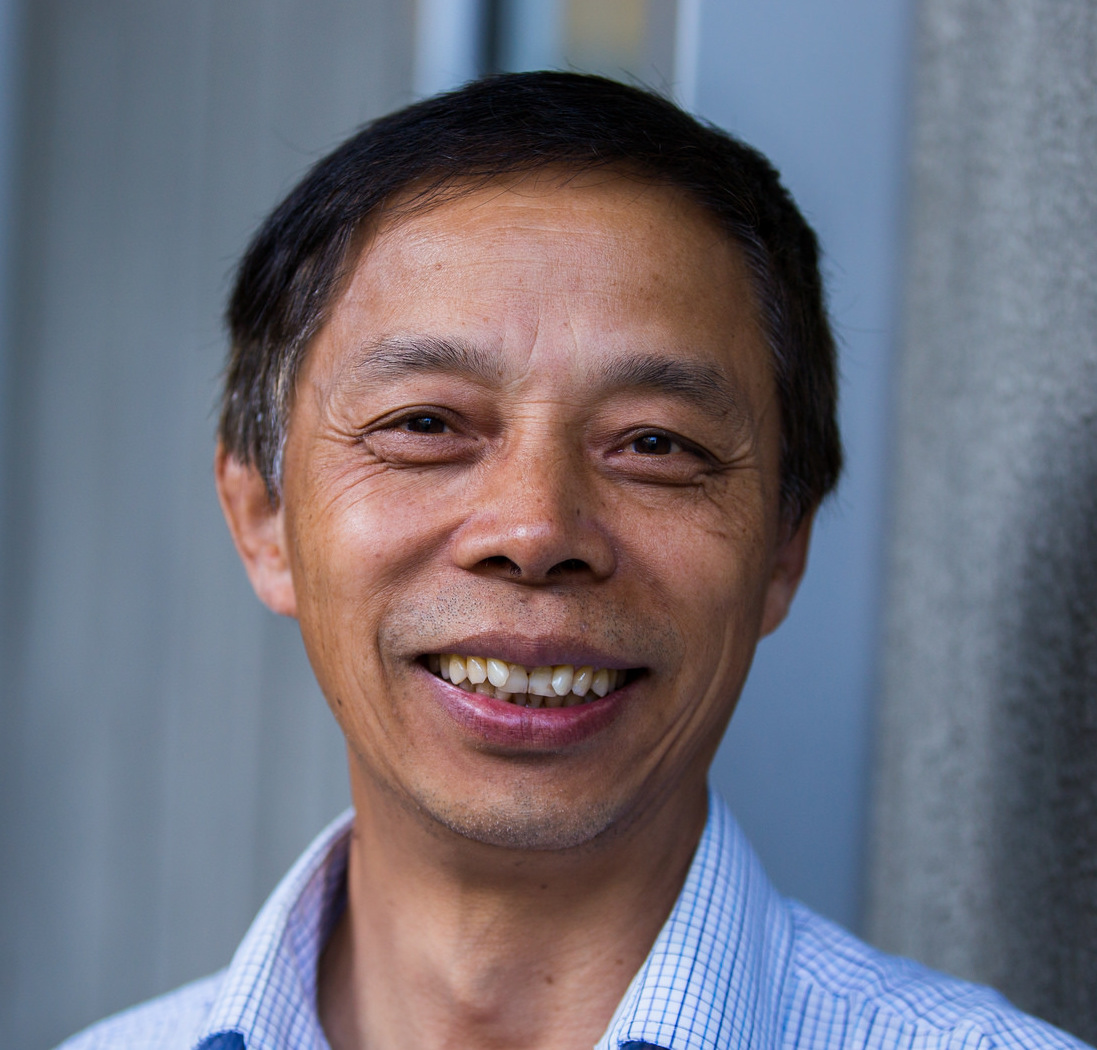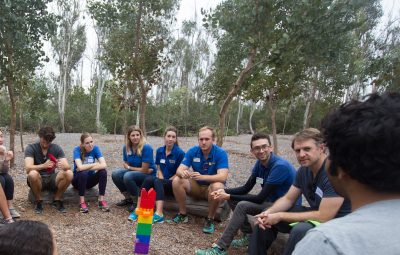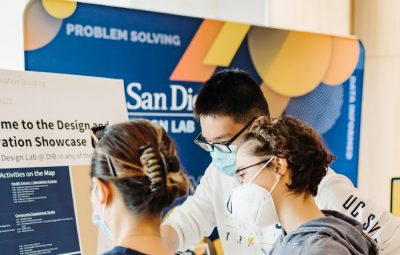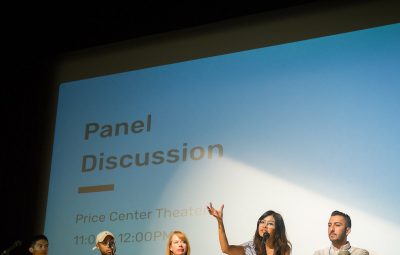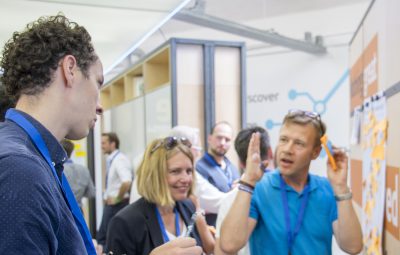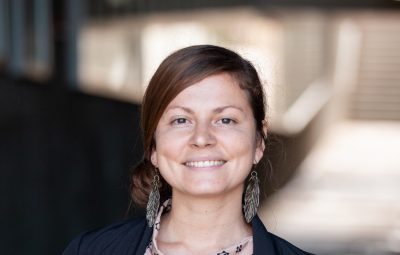Sheng-feng Qin is a professor at the University of Northumbria at Newcastle in the School of Design in Northeast England. His research spans everything from digital design with high-speed rail systems in China to crowdsourcing-based and computer-supported cooperative work (CSCW) tools in the United Kingdom. As a visiting faculty and researcher at the Design Lab at UC San Diego, Qin has been working to marry the principles of emotional design with the development of social platforms. Here’s our conversation with Dr. Qin.
How can we link more design solutions directly to people and business?
Qin: The process of product development involves idealization, prototyping and finding partners for manufacturing. When identifying platforms for product development, people often use a variety of different tools to bring their idea to fruition. Instead of creating one singularly-focused platform, we should create platforms that are adaptive to a wide range of needs. It’s this dynamic dialogue that drives the creation of better, more useful products. In manufacturing, there are networks of companies and universities that rally around ideation and production. Unfortunately, a lot of those ideas end up unused and forgotten. So, how can we link solutions more directly to the people who would find them useful?
When we first start looking at a problem, we are presented with constraints. The magic happens when we go beyond the problem and come up with an idea that cuts through expectations. For example, technology companies often believe that good business simply means acquiring more users. However, research tells us that an increase in users is often the result of a product’s ease of use, ability to engage people and create an emotional connection that inspires people to want to participate. So maybe instead of seeking to acquire users, we should set out to create tools that are easy to use, effectively engage people, and evoke an emotional connection.
Having worked in China, U.K., and the U.S., how is design viewed differently or similarly across the different countries?
Qin: China tends to focus more on the engineering aspect due to their rapid industrial development,” says Dr. Qin. “The U.K. favors graphics and animation associated with the arts and social sciences. Design in the U.S. looks to be more inclusive and interdisciplinary across research, engineering, social sciences, and the arts. In the U.S., I find there is a strong emphasis on public service, which appears to be the future of design thinking.

About Dr. Sheng-feng Qin:
Dr Sheng-feng Qin is Professor of Digital Design at Northumbria University with an extensive career in design academia. Prior to this post, he was a Reader in Product/Industrial Design at Northumbria University (January 2014-July 2015).
Before joining Northumbria School of Design in 2014, he worked in Department of Design at Brunel University as a Senior Lecturer in Product Design (September 2007- December 2013) and a Lecturer in Industrial Design (September 2001-August 2007). At Brunel University, he led the Computer Aided Design and Engineering research group between 2007 and 2013. Dr Qin was a post-doctoral Research Fellow at the University of Loughborough’s Manufacturing System Integration Institute (MSI) between 2000 and 2001, and a Research Assistant in the School of Product Design at the University of Wales Institute Cardiff (Cardiff Metropolitan University now) between 1998 and 1999. Before his visit to the University of Birmingham between 1996 and 1997 as an Academic Visiting Scholar in the School of Mechanical and Manufacturing Engineering, he was an Associate Professor at East China Jiaotong University of China. He worked as a Design Engineer in HuaiBei Coal Mining Construction Company in China between 1983 and 1985.
Prof. Qin has published more than 150 papers in journals and conferences and 2 books.
